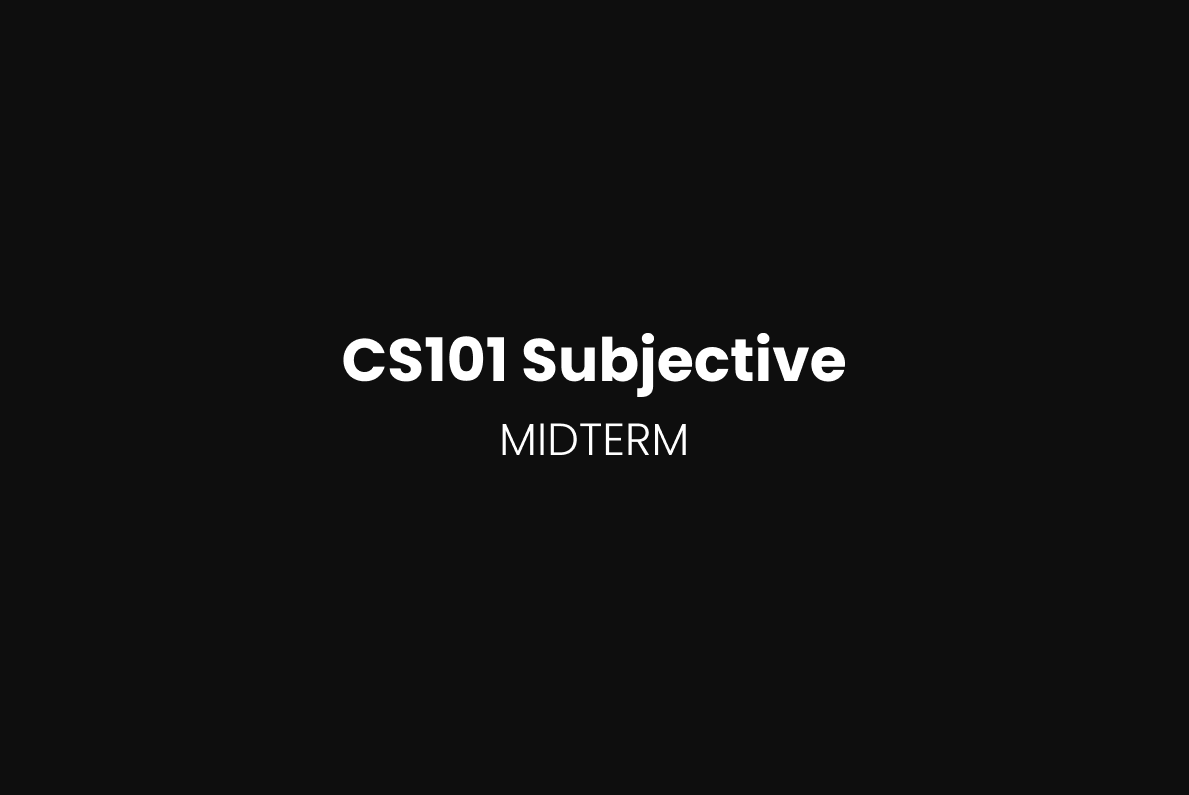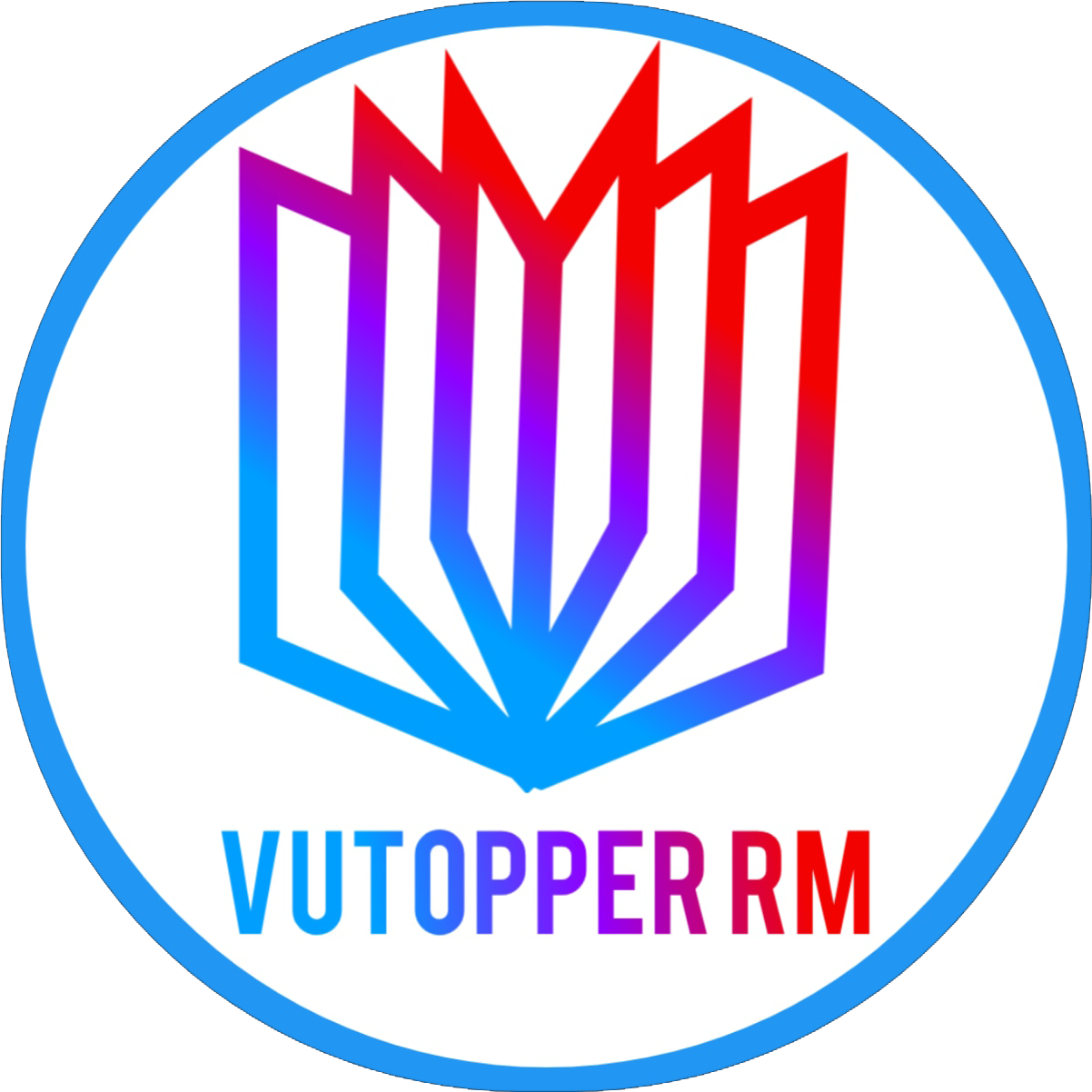
The CS101 Subjective MidTerm notes provided by VU Topper RM are an essential guide for students preparing for the Introduction to Computing course’s mid-term examination at Virtual University (VU). The document highlights various significant topics and questions that offer a comprehensive review of the fundamental concepts in computing. Here is an overview of the key topics covered in the notes:
1. Bits and Binary Notation:
- The document delves into the concept of bits as the basic unit of data in computing, discussing how binary notation (1s and 0s) is used to represent data.
- It explains binary arithmetic, including addition and the conversion of bit patterns into hexadecimal.
2. HTML (Hypertext Markup Language):
- HTML, as the foundation of web development, is discussed with a focus on its role in structuring web pages.
- Understanding HTML is essential for anyone working with websites, and the notes touch upon the fundamental elements used to create a webpage.
3. Internet and Search Engines:
- This section discusses how the internet works, touching on the fundamental technologies behind it.
- Search engines, including their role in retrieving data, are also highlighted, along with insights into how they index and rank websites.
4. Logic Operators and Boolean Operations:
- Logic operators, such as AND, OR, and NOT, are covered, explaining their importance in decision-making processes within computing.
- Boolean operations, a key part of computer logic, are included with examples of how they function in programming and computer architecture.
5. Operating Systems:
- The notes cover the basic definition of an operating system (OS) and its components. The kernel, which is a crucial part of the OS, is discussed along with its functions.
- Various types of operating systems are also explored, providing a brief comparison between them.
6. Network Topologies and Communication:
- Networking fundamentals are discussed, including different types of network topologies (such as star, bus, and ring).
- Serial and parallel communication devices are also compared, with a discussion on which is better and why.
7. Machine Cycle and CPU Functionality:
- The machine cycle, which includes fetching, decoding, and executing instructions, is explained in three steps.
- There’s also coverage of how bit patterns move through the CPU and how they are processed.
8. Software Verification and System Analysis:
- The notes provide insights into software verification, a crucial step in ensuring that software functions as intended.
- Additionally, it touches upon the methods used to analyze software, emphasizing the importance of proper testing and validation.
9. Peripheral Devices and Data Storage:
- Peripheral devices, such as input/output devices, are identified and discussed.
- Data storage methods, including the capacity of flash drives and other instruments, are examined.
10. Cybersecurity and Hackers:
- There is a brief discussion on how hackers can corrupt systems, introducing basic cybersecurity concepts and the need for secure computing practices.
11. CDN (Content Delivery Network) and NDS Service:
- CDNs and their purpose are explained, showing how they help deliver content efficiently across the internet.
- The NDS (Name Directory Service) is also mentioned in connection with internet communication, which is critical for resolving domain names into IP addresses.
12. Algorithms and Flow of Packets:
- The document includes questions on algorithms and their application in computing, providing a foundation for understanding problem-solving techniques in computer science.
- There is also a focus on how data packets flow from source to destination across a network, a key concept in understanding internet communication.
13. Mathematical Computations:
- There are exercises related to finding the factorial of a number (n) and converting decimal numbers into different notations like excess-8 notation.
These topics provide a well-rounded foundation for understanding the basics of computing, networking, operating systems, and more. The notes are a valuable resource for preparing for the CS101 mid-term exam and offer clear explanations of complex computing concepts.


Leave a Reply